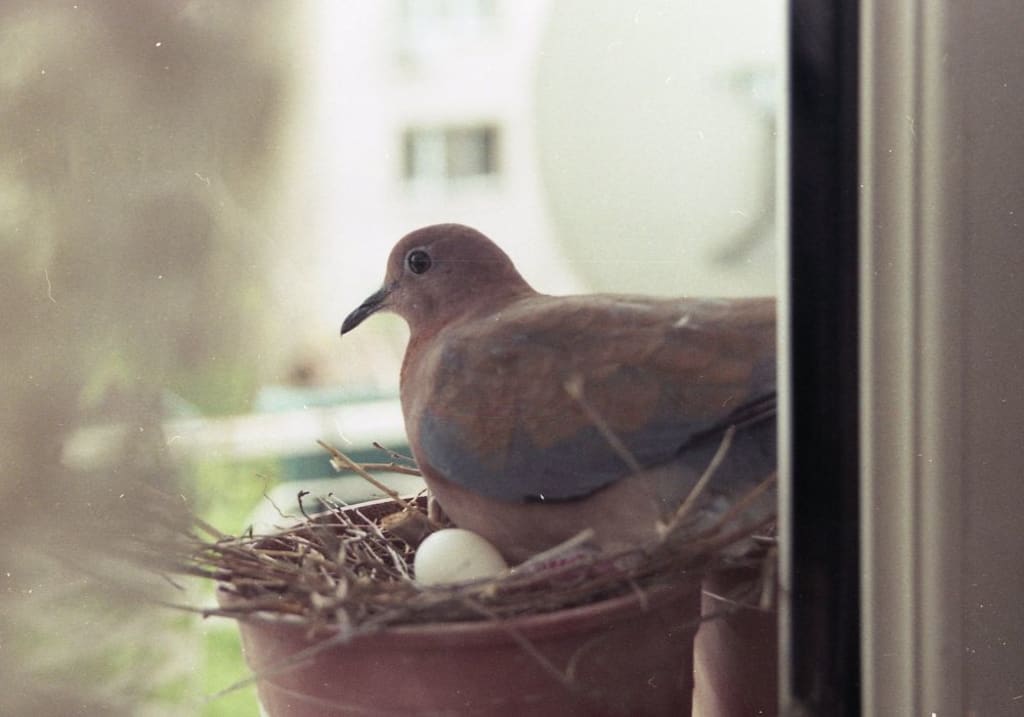Unlock the Secrets of Bird Nests and Eggs
A Comprehensive Guide

Discovering the hidden world of bird nests and eggs can be a captivating and rewarding experience for nature enthusiasts. Whether you're a seasoned birdwatcher or a curious backyard observer, learning to identify the diverse array of nests and eggs can deepen your appreciation for the avian life around you. In this comprehensive guide, we'll explore the telltale signs and unique characteristics that can help you unlock the secrets of these fascinating avian structures and their precious contents.
Identifying Nests: Clues in Location and Materials
One of the first steps in identifying a bird's nest is to observe its location. Different species of birds have distinct preferences when it comes to nesting sites. Understanding these habitat preferences can provide valuable clues about the nest's owner.
- Cavity Nesters: Some birds, such as woodpeckers, bluebirds, and chickadees, prefer to build their nests in tree cavities, birdhouses, or other enclosed spaces. These protected environments offer safety and shelter for the developing chicks.
- Cup Nesters: Many common backyard birds, including robins, sparrows, and finches, construct open cup-shaped nests in the branches of trees, shrubs, or even on ledges and eaves.
- Platform Nesters: Larger birds, like hawks, eagles, and herons, often build bulky, stick-based platforms high up in the canopy or on cliffs and structures.
- Ground Nesters: Some species, such as killdeer and meadowlarks, make their nests directly on the ground, often in grassy or weedy areas.
- In addition to the nest's location, the materials used in its construction can provide valuable clues. Different bird species have distinct preferences when it comes to nest-building materials, which can range from twigs and grasses to moss, feathers, and even mud.
- Twig and Grass Nests: Many songbirds, like robins and sparrows, use a combination of twigs, grasses, and other plant materials to build their nests.
- Mud Nests: Some birds, such as swallows and phoebes, incorporate mud into the construction of their nests, creating a sturdy, cup-shaped structure.
- Feather-Lined Nests: Species like chickadees and house wrens often line the interior of their nests with soft materials, such as feathers, fur, or plant down, to provide insulation and comfort for their young.
By observing the location and materials used in a nest's construction, you can begin to narrow down the potential bird species responsible for its creation.
Identifying Eggs: Size, Color, and Markings
Once you've located a bird's nest, the next step is to examine the eggs it contains. The size, color, and markings of the eggs can provide valuable clues about the species that laid them.
- Size: The overall size of the eggs can be a helpful indicator of the bird's species. Larger birds, such as hawks and owls, typically lay larger eggs, while smaller birds, like hummingbirds and wrens, produce smaller eggs.
- Color: The background color of the eggs can range from pure white to shades of blue, green, or even brown. Some species, like robins and bluebirds, are known for their distinctive blue or blue-green eggs, while others, like mourning doves, have white eggs.
- Markings: Many bird species have eggs with various patterns and markings, such as speckles, blotches, or even intricate designs. The color and distribution of these markings can be highly distinctive, helping to identify the species.
By carefully examining the size, color, and markings of the eggs in a nest, you can often narrow down the list of potential bird species and make a more accurate identification.
Utilizing Resources and Citizen Science
While identifying bird nests and eggs can be a rewarding challenge, it's important to remember that some species are protected by law, and it's crucial to avoid disturbing active nests. If you're unsure about the identity of a nest or eggs, there are several resources and citizen science initiatives that can help.
- Field Guides and Online Resources: Comprehensive field guides, such as the Peterson Field Guide to Bird Nests, and online resources like the Cornell Lab of Ornithology's NestWatch program, can provide detailed information and visual aids to assist in the identification process.
- Citizen Science Projects: Participating in citizen science initiatives, such as the NestWatch program or local bird-monitoring projects, can not only help you learn more about bird nests and eggs but also contribute valuable data to ongoing research efforts.
By combining your observations with the knowledge and resources available, you can become a skilled identifier of bird nests and eggs, unlocking the secrets of the avian world around you.
Conclusion
Discovering the hidden world of bird nests and eggs can be a captivating and rewarding experience. By understanding the clues in their location, construction materials, and egg characteristics, you can unlock the secrets of these fascinating avian structures and their precious contents. With the help of field guides, online resources, and citizen science initiatives, you can hone your identification skills and deepen your appreciation for the diverse and vibrant birdlife in your local environment.
About the Creator
Hasan
Welcome...
In this site of mine you can learn amazing things and many information that you don't know so please subscribe to my site.
Enjoyed the story? Support the Creator.
Subscribe for free to receive all their stories in your feed. You could also pledge your support or give them a one-off tip, letting them know you appreciate their work.






Comments
There are no comments for this story
Be the first to respond and start the conversation.